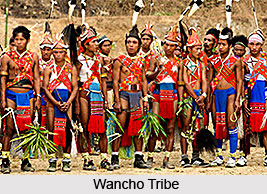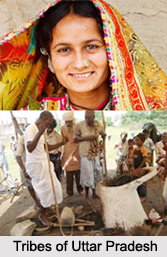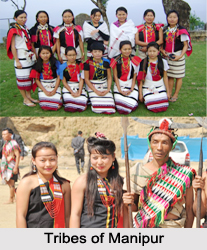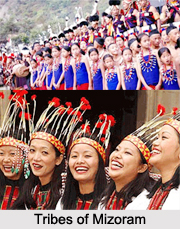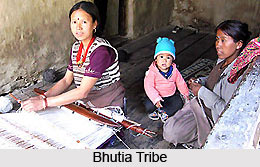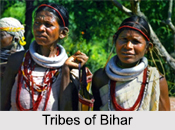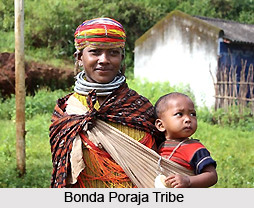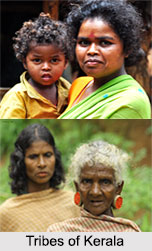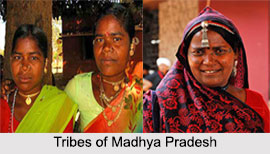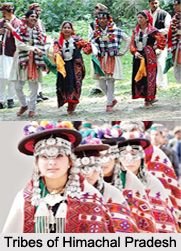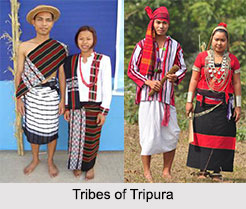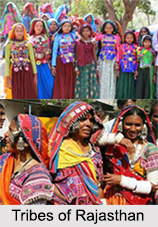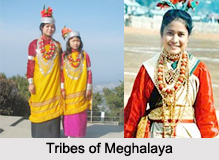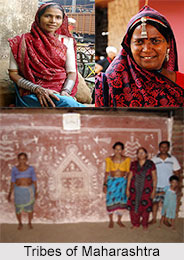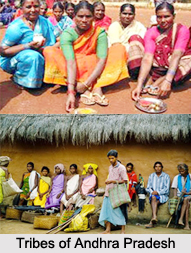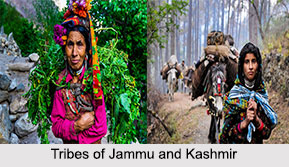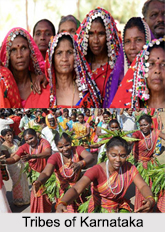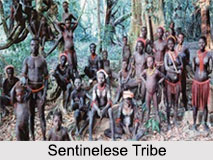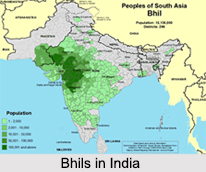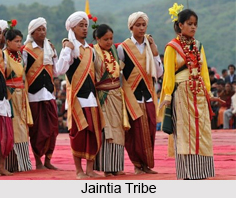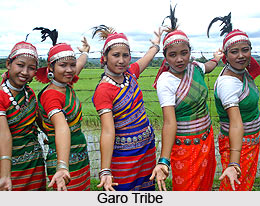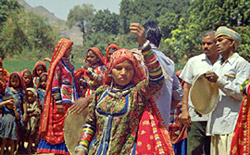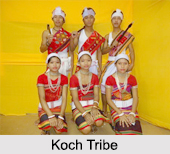 Koch Tribe is the original tribal group of north-eastern India. They live in the states of Assam, West Bengal, Meghalaya, Bihar and Tripura. The tribe is believed to be an offshoot of the Garo. Their original language is a Tibeto-Burman dialect but large sections of the group in the 21st century speak Bengali or other Indo-Aryan languages.
Koch Tribe is the original tribal group of north-eastern India. They live in the states of Assam, West Bengal, Meghalaya, Bihar and Tripura. The tribe is believed to be an offshoot of the Garo. Their original language is a Tibeto-Burman dialect but large sections of the group in the 21st century speak Bengali or other Indo-Aryan languages.
Origin of Koch Tribe
The Koch tribe claim that their original home was in the Arbella Hill range of central Garo Hills. The term Koch is derived from the words "Kochimuchi" which means shrinkage due to shame.
History of Koch Tribe
After the fall of the Pala dynasty of Kamarupa, the kingdom broke into different areas in the 12th century. In the 16th century, a Koch ruler established the Koch dynasty and they now call themselves "Rajbanshi". The first ruler of the Koch dynasty was Vishwa Singha. The earliest known ancestor of Viswa Singha was his father Haria Mandal. Haria Mandal was married to Jira and Hira, daughters of a Koch chief named Hajo, after whom Koch Hajo was named. Viswa Singha`s two sons, Nara Narayan and Shukladhwaj (Chilarai), the king and the commander-in-chief of the army respectively, took the kingdom to its zenith. Nara Narayan was impressed by the bhakti saint Srimanta Sankardeva who became a member of his court in the last 3 years of his life and who established a "sattra" in the kingdom. The greatest ruler of the dynasty was Nara Narayan.
Society of Koch Tribe
Koch tribal community use Koch language, which falls in to the famous family of the Tibeto-Burman languages. The community members are hard-working and peaceable people. Traditionally, they practice plot alternation type farming. They are also skilled carpenters, blacksmiths and merchants.
Koch people live in small villages, which are divided into clans and castes, and are run by a village head. Their different geographical groups are known as `jai`. These groups are divided into several sub-sections that divide into local ancestry groups. They let marriages in the same clan. They in huts made of mud or bamboo with thatched roofs.
Religion of Koch Tribe
The Koch tribe practice some type of tribal religion, which revolves around a broad number of village and household gods. They worship the gods of fire, water and the forest.
